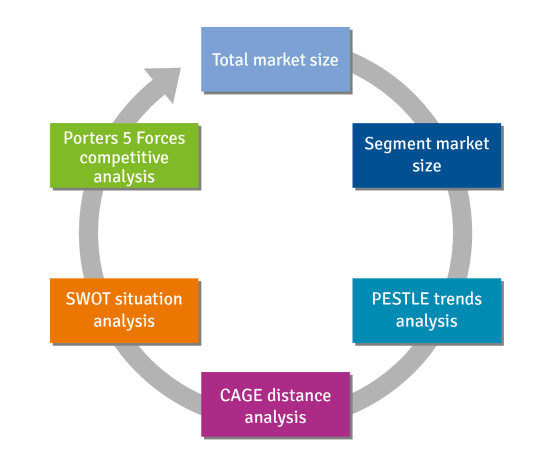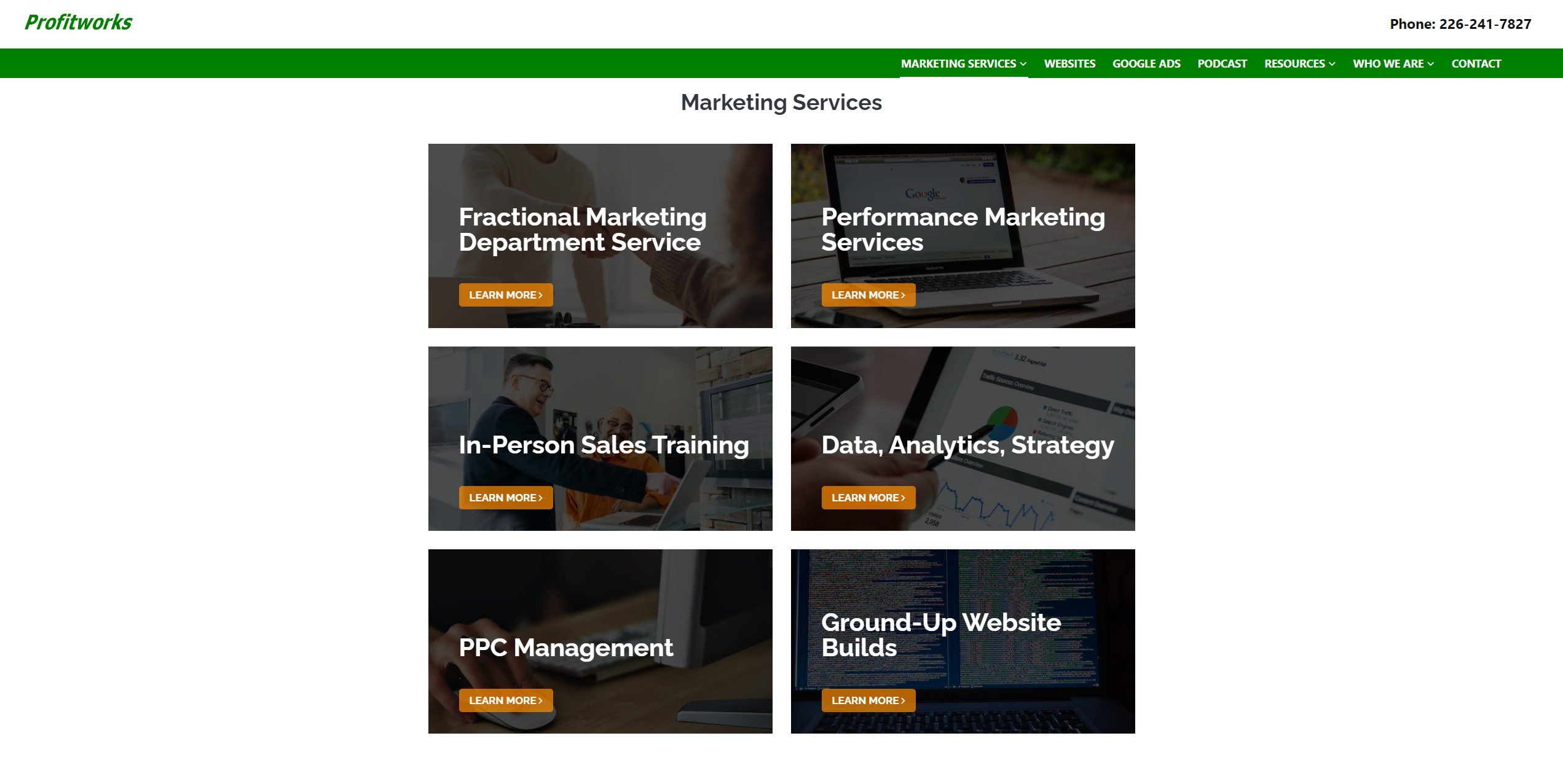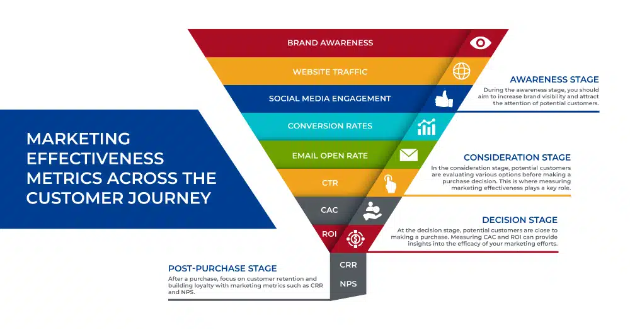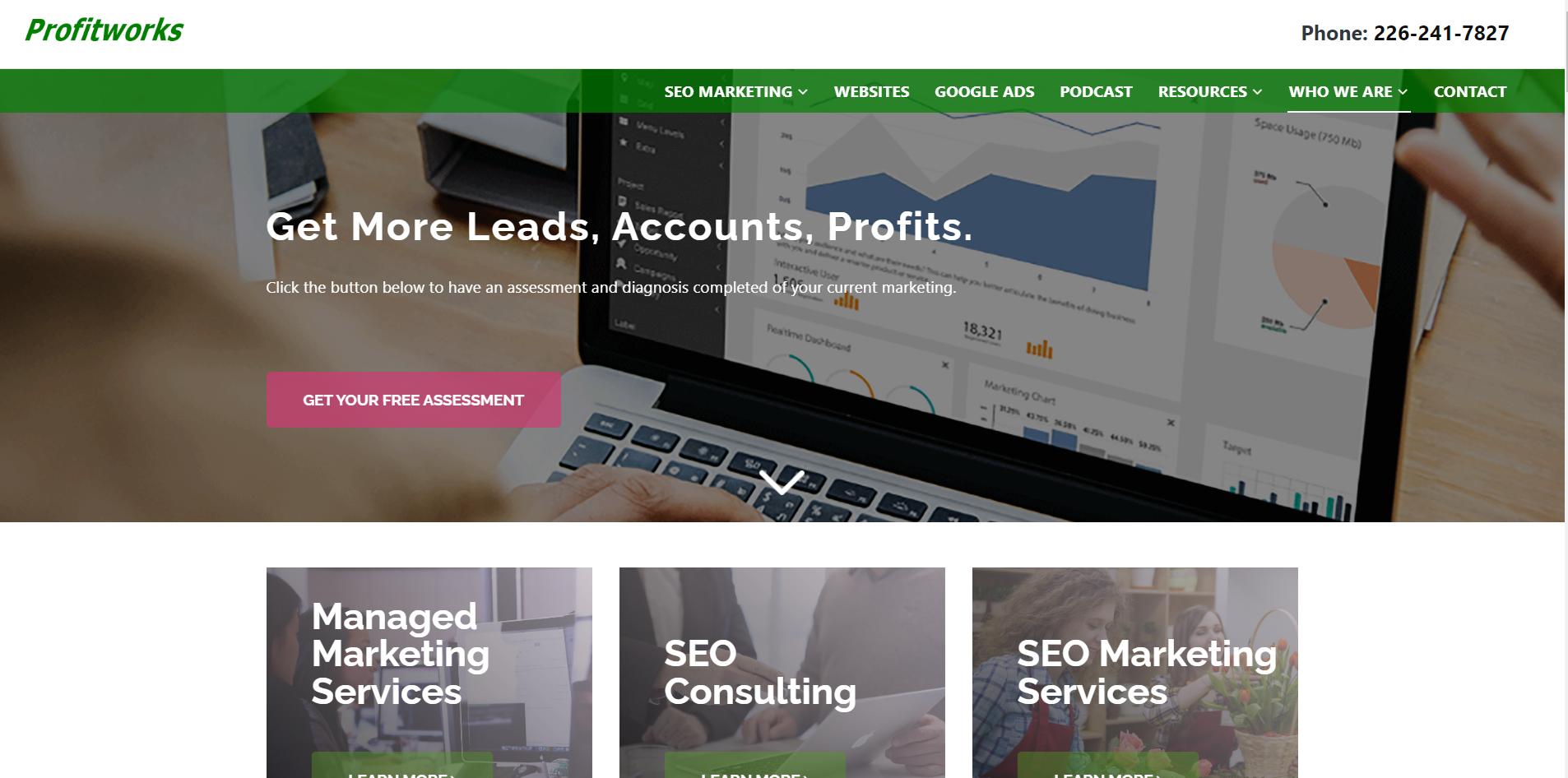Strategies for Differentiating Your HVAC Company Marketing in a Saturated Market
The #1 strategy for differentiating your HVAC company in a saturated market is, to focus on creating a strong brand identity. In a crowded HVAC market, standing out requires tailored marketing strategies that reflect your brand's values and resonate with your audience. It's about more than just visibility; it's about being memorable by showcasing your company's unique strengths. Building strong client relationships through personalized experiences and emphasizing expertise and reliability in your marketing efforts sets you apart as the informed choice in a sea of similar services.
To excel in the HVAC industry, prioritize genuine connections with potential clients. Authentic messaging, clear solutions, and prompt customer service are essential for fostering trust and loyalty. By focusing on these pillars, you can create a lasting impression that sets your company apart and drives growth in a competitive market.
Click on each corresponding link to jump ahead:
- Assessing Your HVAC Market Position
- Developing a Strong Brand Message
- Innovative Marketing Channels and Tactics
- Measuring Marketing Effectiveness
- Analyzing Marketing ROI
- Conclusion
For more information on how Digital Marketing companies are able to help your HVAC business, Contact Profitworks.
1) Assessing Your HVAC Market Position

Source: B2B International
Understanding where your HVAC company stands in a competitive market is crucial. It reveals opportunities and helps tailor your marketing strategies for maximum impact.
Competitive Analysis Techniques:
SWOT Analysis: Begin by conducting a SWOT Analysis (Strengths, Weaknesses, Opportunities, Threats). List each category in a table to visualize where your company stands.
|
Strengths |
Weaknesses |
Opportunities |
Threats |
|---|---|---|---|
|
Skilled Technicians |
Limited Service Area |
Emerging Technologies |
Major Competitors |
Market Share: Evaluate your current market share. This entails analyzing sales data and comparing your performance to competitors.
- Your Sales Volume: Annual Sales Figures
- Competitor A: Annual Sales Figures
- Competitor B: Annual Sales Figures
Customer Feedback: Collect and examine customer feedback. Online reviews and surveys can offer insights into where you stand.
Identifying Your Unique Selling Points:
Expertise: Look at your technical expertise and certifications. Highlight any areas where your staff's skills outshine the competition.
- NATE-Certified Technicians
- Years of Experience: e.g., 15+ Years in HVAC Solutions
Special Services: Identify any unique services you provide that competitors don't, such as eco-friendly options or 24/7 emergency repairs.
- Green Solutions: Yes/No
- Emergency Response Time: e.g., Within 1 Hour
By carefully analyzing these aspects, you'll gain valuable insight into your HVAC company's market position. Use this knowledge to craft marketing strategies that highlight your distinct advantages.
2) Developing a Strong Brand Message
A distinct brand message is pivotal for your HVAC company to stand out. It's about making your presence felt in a market crowded with offerings remarkably similar to yours. Here's how you can create a compelling narrative for your brand.
Crafting a Memorable Tagline:
Think of your tagline as a tightrope walker's balance pole, aiding your brand in maintaining its distinctive equilibrium. A tagline should be short, catchy, and emblematic of your company's values and services. Here's a methodology to create one:
- Identify the core benefit you deliver that no one else does.
- Condense this into less than ten words.
- Test how memorable and distinctive it really is.
Building Customer Trust
Your brand's reliability is your currency in the HVAC market. Trust is not given but earned through consistency and quality.
- Be Authentic: Always represent your services honestly.
- Follow Through: Do what you say you'll do every time.
- Engage: Keep in touch with customers pre and post-service.
Storytelling in Marketing
You're not just selling HVAC services; you're offering comfort, safety, and reliability. Construct a narrative around this by:
- Identifying Pain Points: What HVAC issues does your audience face?
- Providing Solutions: How does your service solve these problems?
- Sharing Success Stories: Use real-life customer experiences to show your brand in action.
People relate to stories, so let yours resonate with them.
3) Innovative Marketing Channels and Tactics

Source: Profitworks
In the fight for attention in a crowded HVAC market, turning to innovative marketing channels and tactics can set you apart. This requires a blend of modern online strategies and heartfelt community engagement.
Exploring Online Advertising Avenues:
Digital advertising platforms offer an array of sophisticated targeting options. Whether through search engine marketing (SEM) to appear at the top of search results or utilizing display ads on relevant websites, the key is to target your ads effectively. For instance, you might create campaigns that focus on local homeowners searching for 'emergency HVAC repair' or 'energy-efficient air conditioning,' which directly aligns with the services you offer. Direct mail postcard marketing for HVAC companies can complement online efforts by reaching potential customers in a tangible way that stands out in the mailbox, reinforcing your digital presence.
Leveraging Social Media:
Social media isn't just for personal use; it's a powerful business tool for building your brand. Platforms like Facebook, Instagram, and Twitter enable you to create a community around your HVAC services. Use these platforms to showcase before-and-after project photos, share tips on maintaining HVAC systems, and highlight special offers. Customer testimonials in the form of short videos or stories provide social proof and encourage others to trust your expertise. Remember to weave in empathy and assurance that you understand their HVAC needs.
Community Involvement and Outreach:
Get involved locally to foster relationships beyond the business transactions. Sponsor local sports teams, participate in community events, or host informative seminars on HVAC maintenance and energy savings. This in-person engagement solidifies your presence in the community, leading to word-of-mouth referrals. Additionally, participating in charitable initiatives can demonstrate your business's values and commitment to the well-being of your local area, forging deeper connections with current and potential customers.
4) Measuring Marketing Effectiveness

Source: Blue Atlas Marketing
To rise above the noise in a crowded HVAC market, it's vital you know exactly how your marketing efforts are performing. Let's look at how you can track and interpret essential metrics.
Key Performance Indicators:
Your HVAC company's pulse is its Key Performance Indicators (KPIs). Determine which KPIs align with your business goals and keep a close eye on them. Common KPIs include:
- Website Traffic: Track unique visitors and page views to see if your digital presence is growing.
- Conversion Rates: Monitor what percentage of visitors are taking desired actions, such as filling out a contact form.
- Customer Acquisition Cost: Calculate how much you're spending to gain each new customer.
- Service Call Volume: Measure the number of service calls generated through specific marketing initiatives.
Customer Feedback and Surveys:
Understanding your target audience's needs and preferences can shape your marketing strategies. Here's how you can capture their insights:
- Direct Feedback: Encourage customers to share their experience after a service call.
- Surveys: Use email or SMS-based surveys for detailed opinions on what's working and what's not.
Compile this feedback to spot trends and prioritize areas of improvement.
5) Analyzing Marketing ROI

Source: Profitworks
Knowing where your dollars make the most impact is crucial. Assess your marketing ROI (Return on Investment) with these steps:
- Campaign Cost vs. Revenue: Compare how much you've spent on campaigns against the revenue they generated.
- Lifetime Value of a Customer: Estimate the total revenue a customer is likely to generate over their relationship with your company.
Use this data to fine-tune your marketing spending, ensuring the best return for your efforts.
6) Conclusion
In a saturated HVAC market, differentiating your company requires strategic marketing tailored to your brand's values and audience. By emphasizing expertise, reliability, and personalized experiences, you can stand out as the informed choice amidst similar services. Prioritizing genuine connections and clear communication fosters trust and loyalty, driving growth in a competitive landscape. Through innovative tactics, community engagement, and diligent measurement of marketing effectiveness, you can solidify your position and thrive in the HVAC industry.
